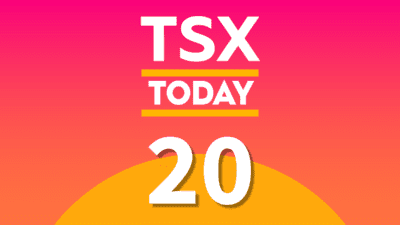It’s been such a nasty start to the markets, with investors worried that central banks will rate hike us all the way into the economic depths of 2020. Undoubtedly, things are a lot better this time around, with demand staying robust for the most part.
Though COVID supply chain issues and the inflation-hit consumer may seem like they’re symptoms of a coming economic downturn, I’d argue that it’s still far too early to conclude that we’re in for a repeat of the events that unfolded in the 2008 recession. The Great Financial Crisis was a terrible recession, the worst since the Great Depression. Though 2008 is one of the closest comparables when we brace ourselves for a slump, beginner investors must remember that not all recessions are detrimental in nature, especially if we have a central bank that’s doing its best to engineer a soft landing.
Central banks’ battle with high inflation could go on for a while
Now, what does it mean to engineer a soft landing? Isn’t the severity of a rate-induced downturn out of the control of central banks?
To an extent. However, central banks can play it prudent by taking data into account before following through with promised rate hikes. Indeed, it’s a good idea to be aggressive with inflation, hinting at front-loaded rate hikes. But by acknowledging things could change in accordance with data, the Fed can hold back on giving too big a dose that could do more harm to markets and the economy than good. Indeed, this Fed is incredibly transparent. And at the end of the day, that’s all they can do to soothe markets at a time like this when inflation is running hot.
Your TFSA will take a hit from inflation. Unfortunately, the mere $6,000 annual contribution room was not increased for 2022, leaving investors in a tough spot, as CPI numbers continue to fly. Whether or not the 2023 TFSA contribution limit will increase is anyone’s guess. I’d argue that there’s a strong case that it should be hiked considerably.
In any case, investors need to put in the effort to insulate from inflation. While it could really roll over in the second half, investors must be ready for inflation, including a moment of stagflation. Low economic growth, higher unemployment, and high inflation don’t naturally come together. In any case, investors should be batten down the hatched with their TFSAs, just in case it strikes.
Fortis stock: Certainty in times of chaos
Currently, Fortis (TSX:FTS)(NYSE:FTS) stands out as a safe-haven stock these days. The Newfoundland-based electric utility makes for one of the most stable bond proxy-like dividend plays in Canada. At around $62 and change per share, the nearly $30 billion firm makes for an intriguing way to play defence. The stock trades at 24.1 times trailing earnings, with a 3.43% dividend yield.
Fortis is not cheap at these levels. Arguably, it’s the most expensive it’s been in a while. But there’s a good reason for such. Investors were running scared in the first half. As more storm clouds approach in the second half, investors need a foundation that can keep their TFSAs steady.
Fortis won’t make you rich, but I’ve described it as a great name to help you stay rich when the market clouds moving look unforgiving. After slipping nearly 5% from its high, I like FTS stock, even with its lofty price tag. At the end of the day, you’ve got to pay up for certainty in times of great uncertainty.







